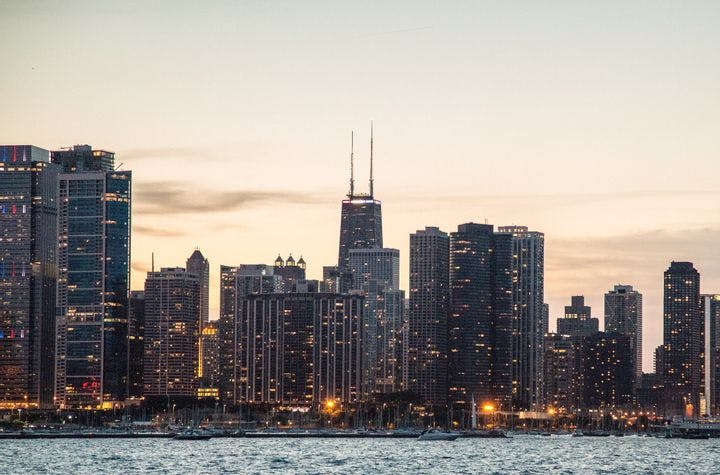Fall 2008
The Inside-Out City
– The Wilson Quarterly
Cities are undergoing a complicated and profound demographic inversion.
Remember the breathless spate of news stories when the first few couples moved into converted department stores in downtowns across America about a decade ago? Debunkers of this trend have pointed out the minuscule numbers ever since. Even so, writes Alan Ehrenhalt, executive editor of Governing magazine, cities are truly undergoing a complicated and profound “demographic inversion.”
Central cities are becoming lighter in hue and deeper in pockets. Atlanta is shifting from an overwhelmingly black city to one where African Americans are teetering on the verge of minority status. Before September 11, 2001, about 25,000 people lived south of the World Trade Center in Manhattan. Now the same area is home to 50,000. Charlotte, North Carolina, has 12,000 people living downtown, and will have more when its supply of homes catches up with demand. Vancouver, British Columbia, houses 20 percent of its 600,000 residents in two square miles at the city’s heart.
Chicago, “Hog Butcher for the World, Tool Maker, Stacker of Wheat,” is becoming like 19th-century Vienna, where the people who can afford it live close to the center, and the poor and newcomers live on the outskirts, writes Ehrenhalt of the city where his grandfather operated a tailor shop on the site of what is now the University of Illinois science complex. Not even assistant professors live near the campus now. Too expensive.
The demographic inversion doesn’t represent the abandonment of the suburbs or a mass movement of inner-city immigrants fleeing inflated gas prices. Rather, “the massive outward migration of the affluent that characterized the second half of the 20th century is coming to an end,” Ehrenhalt says. The deindustrialization of the city, with its consequent loss of jobs, also heralds the loss of the noise and grime that accompanied them. Random street violence, while beginning to increase, is not the specter it was in the 1980s. A striking “pro-city sensibility” has emerged. “The demographic changes that have taken place in America over the past generation—the increased propensity to remain single, the rise of cohabitation, the much later age at first marriage for those who do marry, the smaller size of families for those who have children, and, at the other end, the rapidly growing number of healthy and active adults in their sixties, seventies, and eighties—have combined virtually all of the significant elements that make a demographic inversion not only possible but likely,” Ehrenhalt concludes.
The leafy suburbs of today are unlikely to become the slums of 2030, but may retrofit themselves with more town centers and sidewalks and street grids superimposed on strip mall landscapes. The friendly mom-and-pop grocer will not reappear, but within our big cities, Ehrenhalt writes, “we are groping toward the new communities of the 21st century.”
* * *
THE SOURCE: “Trading Places” by Alan Ehrenhalt, in The New Republic, Aug. 13, 2008.
Photo courtesy of Flickr/Tony Webster
